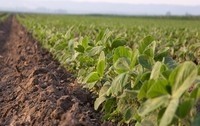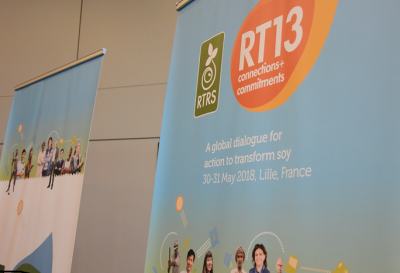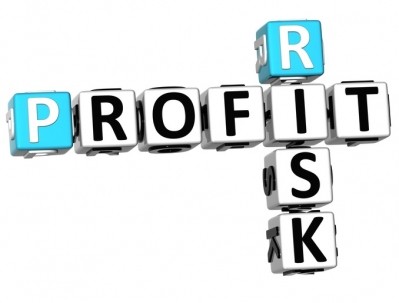RTRS and ProTerra align standards to boost sustainable soy volumes

Only 2% of global soy production is certified.
And, business consultancy, KPMG, in a 2013 review, noted key barriers preventing higher levels of segregated sustainable soy output included factors such as weak market demand, a fragmentation of the certification landscape, and the high costs of certification for producers.
The comments of Sibyl Anwander, executive director of the ProTerra Foundation, echo those findings.
“Despite all the debate around responsible soy production, the publications and the conferences over the past 10 years, market demand has somewhat stagnated, possibly due to the fact that the ability to source large volumes of segregated sustainable soy is some years off yet,” she told feednavigator.
Yet, said the ProTerra director, both the Retailers’ Soy Group and the Consumer Goods Forum, have signaled their interest in increasing the percentage of sustainable soy in the European food and feed supply chain.
Pressure on to overcome barriers to production
“The WWF has also been pressing RTRS and ProTerra to move forward and overcome the barriers to sustainable soy production but to do so in a way that would not degrade either standard or sacrifice the strict criteria under the ProTerra scheme on GM free soy and land use,” added Anwander.
Commons points in the two soy standards
Both the ProTerra and RTRS standards operate in the context of rapidly growing intensive production of soy, in many countries and regions, addressing issues such as:
- the protection of areas of high conservation value
- smallholders’ land use rights
- the protection of workers in terms of human rights
- health and labor law
- the expenditure of natural capital in the form of fertile soils and water
- incorrect pesticides use in terms of quantity and toxicity
- spraying over no-go areas
- absence of good agricultural practices, such as lack of crop rotation
The organizations behind the RTRS and ProTerra schemes recognized that, first and foremost, bringing down the cost of certification for producers was essential.
“Soy crushers, often certified against both standards, have long been demanding that we find ways to cut back on auditing charges, and also help streamline their internal supply chain controls,” she continued.
The two bodies agreed to find commonalities among the two schemes, and then to introduce staggered audits, whereby soy producers are, initially, only judged for adherence to criteria common to RTRS and ProTerra.
“We found three quarters of the standards were more or less similar, and where they were not, they could be revised to correspond,” said Anwander.
She said the idea is that such rationalization will keep costs down, get certified segregated soy production up and going, and then, it is thought producers can eventually apply to be audited against the stricter principles under the ProTerra scheme to boost output of GM free soy.
“Furthermore, the alignment of the two standards should also make it easier for producers to educate the farmers in their chains about what is required for responsible soy cultivation,” said the ProTerra director.
Market transparency
The Foundation and the RTRS have also established a concrete action plan to increase transparency and push home the market reality that there are costs linked to greater physical flow of certified soy into Europe and other regions.
“We are aiming to exploit the synergies between the two organizations as much as possible, with ProTerra bringing its expertise in physical flow of GM free soy to the table.
We are also focused on increasing certification levels in India and China, which, are dominated by small farm holdings in the main. But both markets are very appealing in terms of their potential to escalate the supply of non GM soy,” added Anwander.














